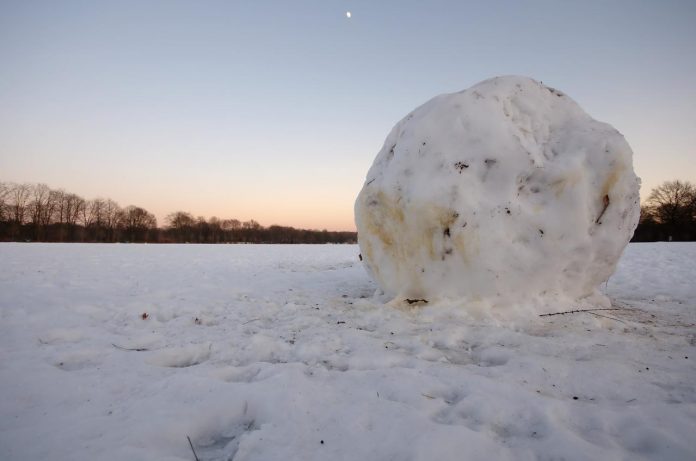Physics and Folly applies real world science to familiar and fantastic situations. Discover the answers no one has heard, to the questions no one ever asked.
I think everyone here in the Fraser Valley has already had enough of this winter, but according to my calendar, we’re still less than a third of the way in. It’s not the actual snow I mind — it’s the unfortunate fact that it happens to be on the roadways I need to use.
So, let’s talk about snow removal. According to a 2008 Chilliwack transportation report, the city of Chilliwack has about 1000 lane-kilometres of road. A lane-kilometre is one lane of one road for one kilometer. (If there were awards for straightforward but boring names for things, highway engineers would take the cake.) Why not look at Abbotsford, you may ask? The answer is twofold. One, I live in Chilliwack. Two, Chilliwack seems to be eternally cursed with twice as much winter as Abbotsford, despite sitting right next to it.
If Chilliwack receives a foot of snow (which, I will pointedly point out, we’ve already had — twice) the pure volume of snow on our roads comes to a staggering 27,000,000 cubic feet. Now I can shovel snow with the best of them, but thank goodness for snow plows.
If the plows were to collect all that snow, and make a nice big snowball out of it, it would stand a mighty 110 metres tall and weigh 150,000 tonnes. The weight of the top of the snowball would certainly crush the bottom into a dense, icy snow called firn — which, as Wikipedia tells me, is not to be confused with fern, the type of plant. I think I would be confused indeed if our giant ball of snow, crushing itself under its immense weight, transmogrified into a hundred thousand tonnes of spore-producing vascular plants.
But I think all things considered, having a snow sphere 110 metres in diameter seems a little… lame. Admittedly, we’re just collecting this from Chilliwack roads, but to compare us to Greenland (note the name — maybe they thought they were getting the other type of firn), the ice sheet averages over two kilometres thick.
If we parked our relatively measly snowball in a low Earth orbit of 300 kilometers, it would lie right on the border of being a pinpoint and having some visible size, appearing slightly larger than Venus. Bummer — I want something big. If we grabbed all those glaciers off of Greenland, and balled them up, we could do much better. In fact, nearly 3,000,000 cubic kilometres of ice on the poorly named Greenland, if balled up and thrown into orbit, would briefly appear as a sphere 50 times wider than the moon! It would take up about as much of your vision as a piece of paper does, held at arm’s length, except it’s round and way cooler.
I say briefly because the Greenland snowball would shred itself into clumps of constituent million billion billion (yes, that number is accurate) pretty snowflakes due to the extreme tidal forces of its tight orbit. If we parked the Greenland snowball far enough away that it wouldn’t tear itself apart — about 20,000 kilometres above the blue/green marble’s surface, it would still look (checks calculations) no bigger than the moon. Darn. But hey — at least the old Greenland land mass could finally live up to its name.
Image: Flickr


